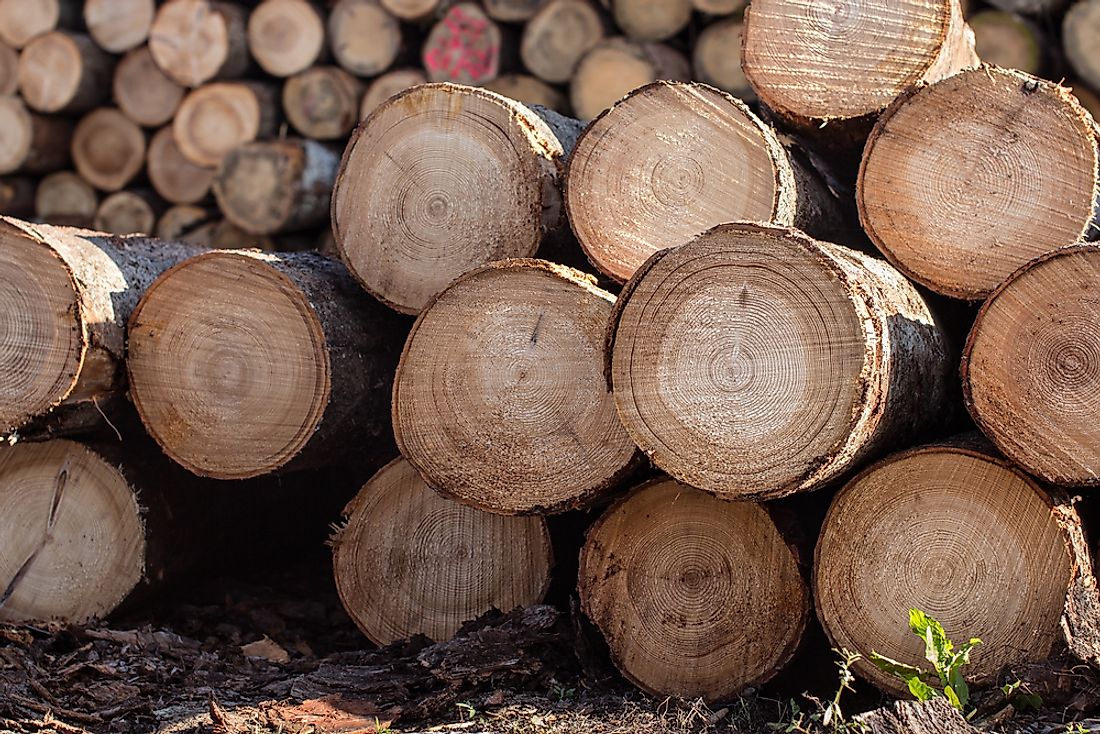Sustained Yield Use In Forestry And Natural Resource Management

Simply put, Sustained Yield Use is a form of forestry and natural resource management that aims at "not killing the hen that lays the golden egg". While the concept is mainly used for natural resources, particularly forestry, and fishing, it can, however, also be applicable to all economic activities with a capital resource, production timeline, consumption, and surplus management. Sustained yield ensures the feasibility of continuous, long-term exploitation of available resources to obtain regular harvests. Sustained yield use is most commonly actively applied in forestry. Forest management goes back to Feudal Europe, when the large land owners depended on the income from their holdings to maintain their castles and armies. Sustained yield use of natural resources can be an economic or an ecological necessity or both.
Forest Management
Forest management can involve both economic and ecological imperatives. Lumber industries, such as sawmilling and paper manufacturing, can be profitable on a long-term basis only if the forest can be sustained. It involves harvesting a modest crop of timber year on year and counterbalancing losses by annual growth. The most important element is the crop rotation, or the time each crop needs to grow fully before it can be harvested and re-planted. Lucaena trees used for firewood take seven years to grow while eucalyptus trees take ten. In theory, a sustained yield could be obtained by harvesting one-seventh or one-tenth of the trees being harvested, and planting more of them.
U.S. Multiple-Use Sustained Yield Act of 1960
Forests are valuable national assets and constitute multiple resources within a unit. There could be a variety of trees, wildlife, rivers and leisure hot spots. Each of these constitutes a natural capital base, from which yields are extracted optimally, without jeopardizing the sustainability of each resource. The United States passed a Federal law in 1960 to manage and develop the renewable and maintainable resources of the national forests for multiple use and sustained yield. This as the first time five major uses of forests was brought equally under the ambit of a single piece of legislation.
Fisheries
Sustainable yield in fisheries is the amount of fishing that can be done without reducing the population density of the species, i.e. the surplus to maintain the ecosystem. The virgin population of the species decreases with fishing activity, hence it needs to be balanced with the time the species needs to breed and develop. The sustainable yield would be within the range of the population density and its capacity to reproduce. Fisheries also use the concepts of maximum, optimal and annual sustainable yields. The first is exactly half the carrying capacity of the species by the ecosystem. Population growth is highest at this stage. Optimal sustainable yield represents the highest difference between total revenue and cost. It is typically lower than maximum sustainable yield. The third is the harvest, which can be obtained without lowering original population numbers.
Volatility In Sustainable Yields
It can often be difficult to quantify sustainable yield because ecological conditions are dynamic. There can be factors other then harvesting, which can cause fluctuations in the natural resource levels and its reproduction. Sustainable yield also varies over time because of the maintenance requirements of the natural capital and the ecosystem. A forest that suffers fire or sudden flooding will require more production to attain pre-catastrophe levels. During this time, the sustainable yield can be quite less.











